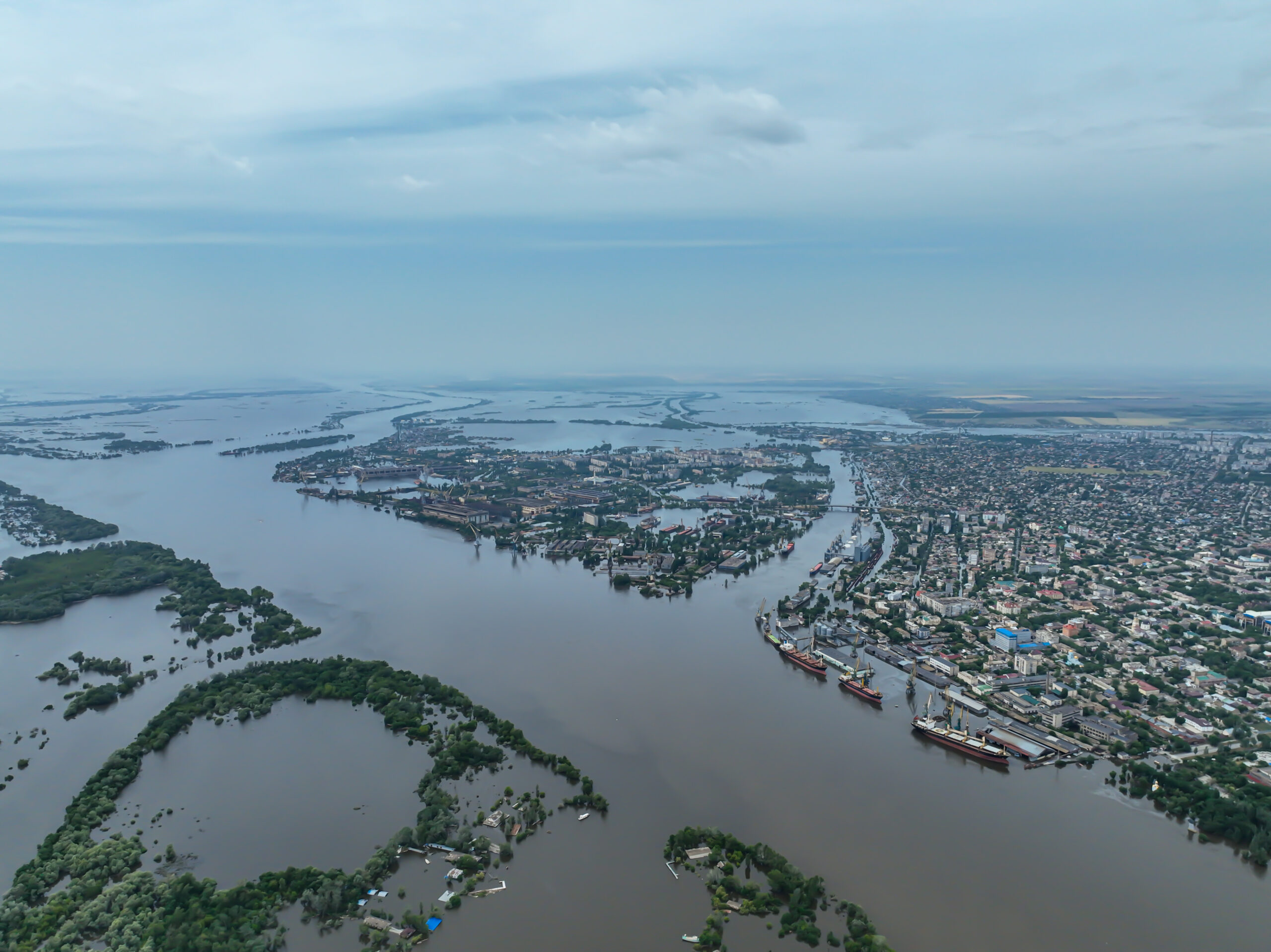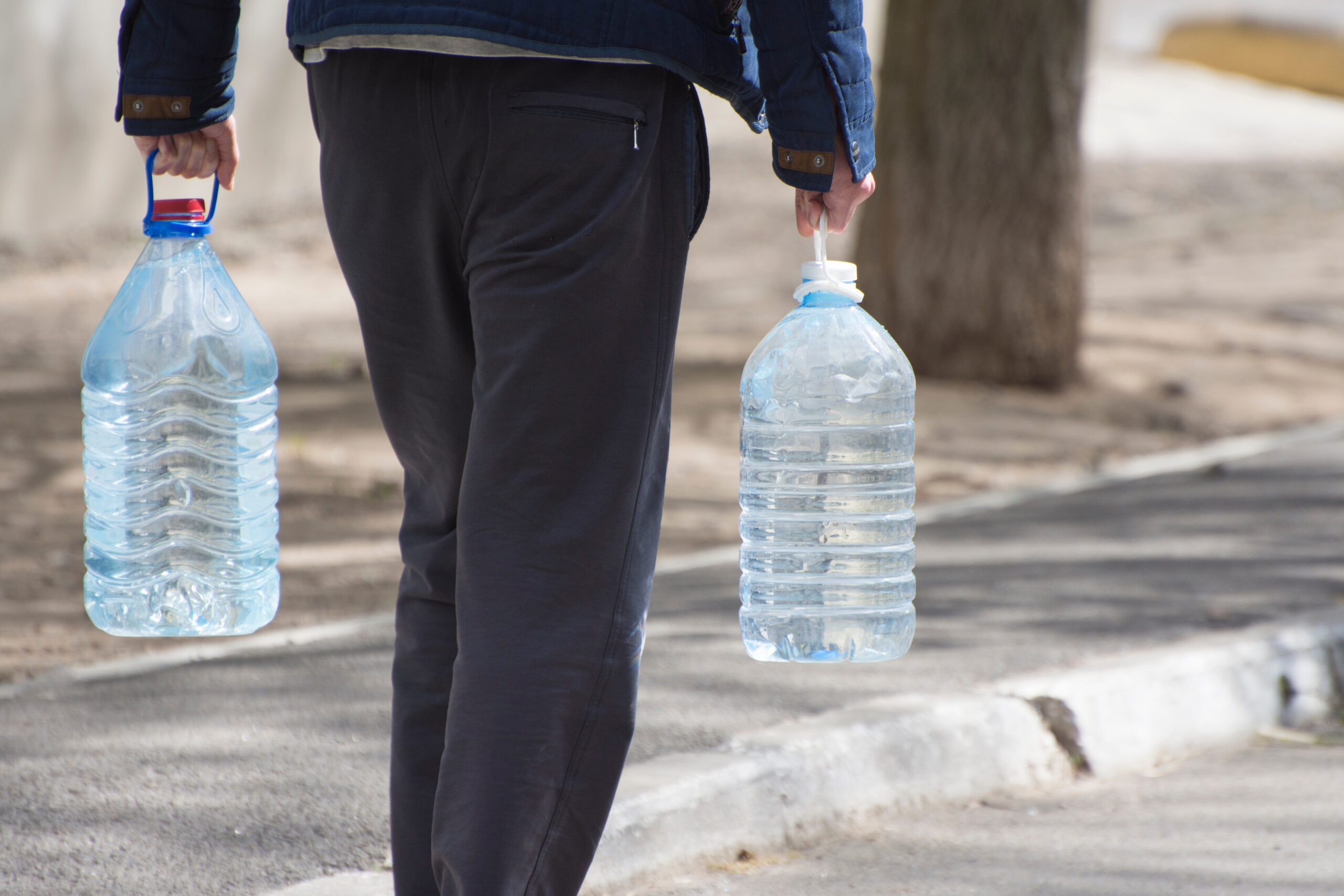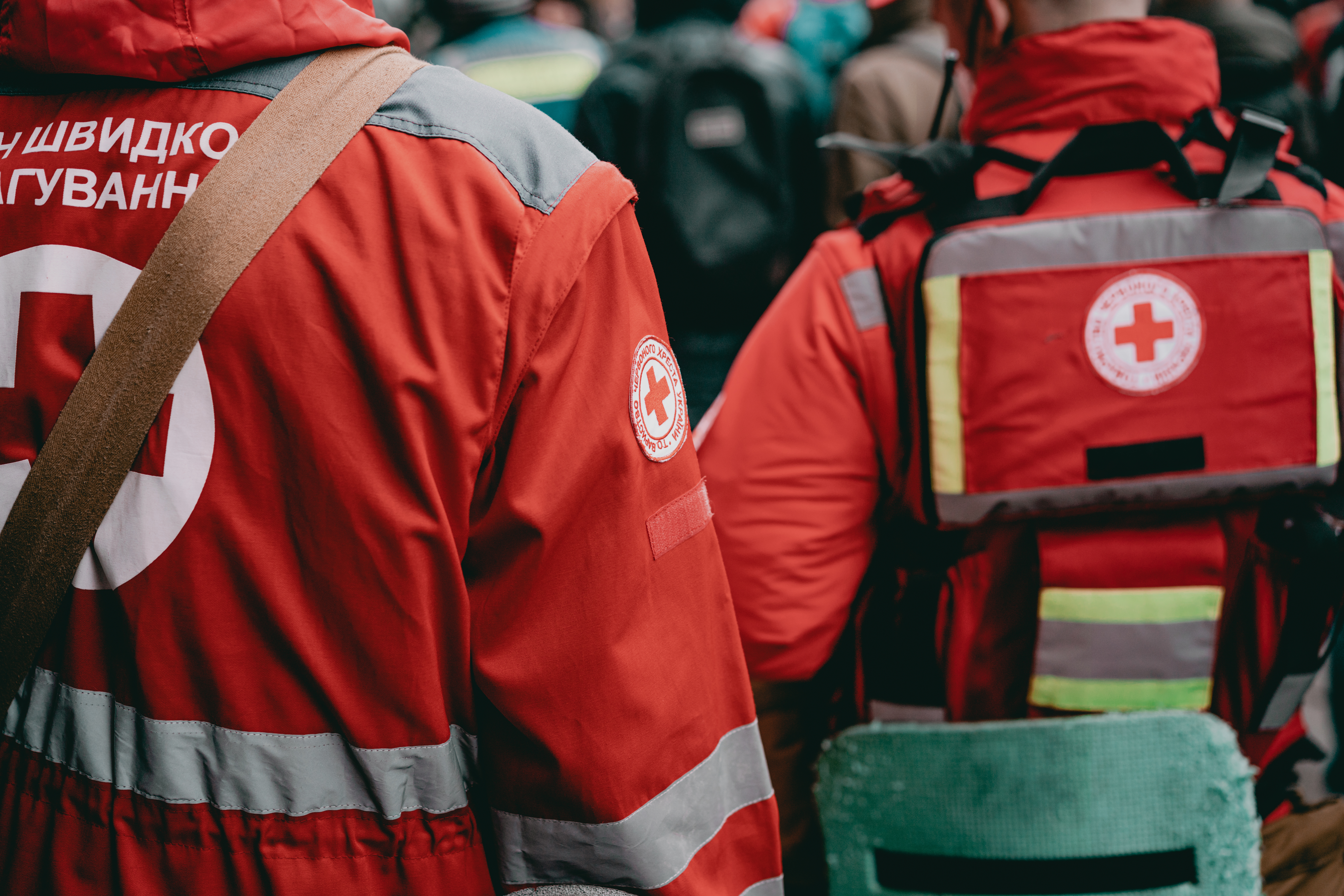Coordinating Emergency Services to Ukraine

The Challenge
The Kakhovka Dam, on the southernmost stretch of the Dnipro River, exploded in the early hours of June 6, 2023, initiating a chain reaction environmental and humanitarian disaster in the midst of an active frontline of the war. The destruction of the dam, which controlled the flow of freshwater from a massive reservoir, led to the precipitous draining of the primary freshwater source for the regions upstream and flooding of the regions downstream with hazardous substances and unexploded ordnance. Emergency response authorities and volunteers attempted to evacuate residents and provide humanitarian assistance all while Russian forces continued shelling the area.Our Solution
Rapid Assessment and Swift Mobilization
In response to the Nova Kakhovka Dam explosion and subsequent humanitarian crisis, Chemonics worked with different partners across a range of priorities critical to the early stages of the humanitarian response. Specifically, Chemonics immediately began coordinating with the State Emergency Services of Ukraine (SESU) and the City of Kherson to rapidly assess needs and mobilize volunteer organizations. At the same time, our procurement team began procuring and arranging for delivery of needed supplies, equipment, such as those described below. Our rapid implementation mechanisms, such as pre-established supply contracts and logistical arrangements contributed to our response. Key elements of support included:
- Direct response to requests from stakeholders. We responded immediately to requests from city officials for evacuation assistance, arranging for bus mobilization and then pivoting to water evacuation and fuel supply needs. Fuel procurement and transfer was often completed within hours of receiving a request, resulting in prompt evacuations and distribution of drinking water and food kits.
- Emergency communications support. Chemonics supported community partners in setting up and operating a call center to gather and share information on humanitarian and evacuation needs directly from people affected by the flooding. We provided stipends to 40 volunteers to deliver aid and conduct water evacuations.
- Early recovery support. In the days that followed the explosion, Chemonics shifted to addressing infrastructure and ongoing operational needs. We procured 29 pumps for the SESU to remove water from flooded buildings and public areas, two motorized boats to conduct water evacuations, 21 mobile water treatment plants that can provide fresh water to 45,000 people per day, and fifty 1,000 L containers to store fresh water for communities experiencing water shortages. We also provided pumping equipment to Ukrainian Railways to support the restoration of their regular operations, which were essential to transport supplies into Kherson and to provide clean drinking water to 900 residents of the surrounding neighborhood. We worked with community partners to equip two flood recovery teams made up of volunteers providing free assistance pumping water out of flooded buildings, drying the premises, disinfecting the area, and removing debris. The team cleared and cleaned 565 buildings during the activity, salvaging building’s foundation integrity and reducing the overall repair costs.


The Impact
Contributing to Early Disaster Recovery
All of these activities contributed to Kherson’s early disaster recovery by addressing critical priorities. Our ability to initiate assistance rapidly was key to providing other actors time to set up longer term humanitarian and recovery operations. By the numbers, the immediate emergency support following the dam explosion included:
- 16,000 liters of fuel delivered to support evacuations
- Through community partners, distributed 3,850 food kits delivered to residents who chose to remain in flooded areas
- 7,500 emergency calls fielded and 1,300 people evacuated by Chemonics-supported community partner
- 565 buildings cleared and cleaned
- 45,000 people with restored access to clean drinking water through delivery of 21 mobile water treatment plants